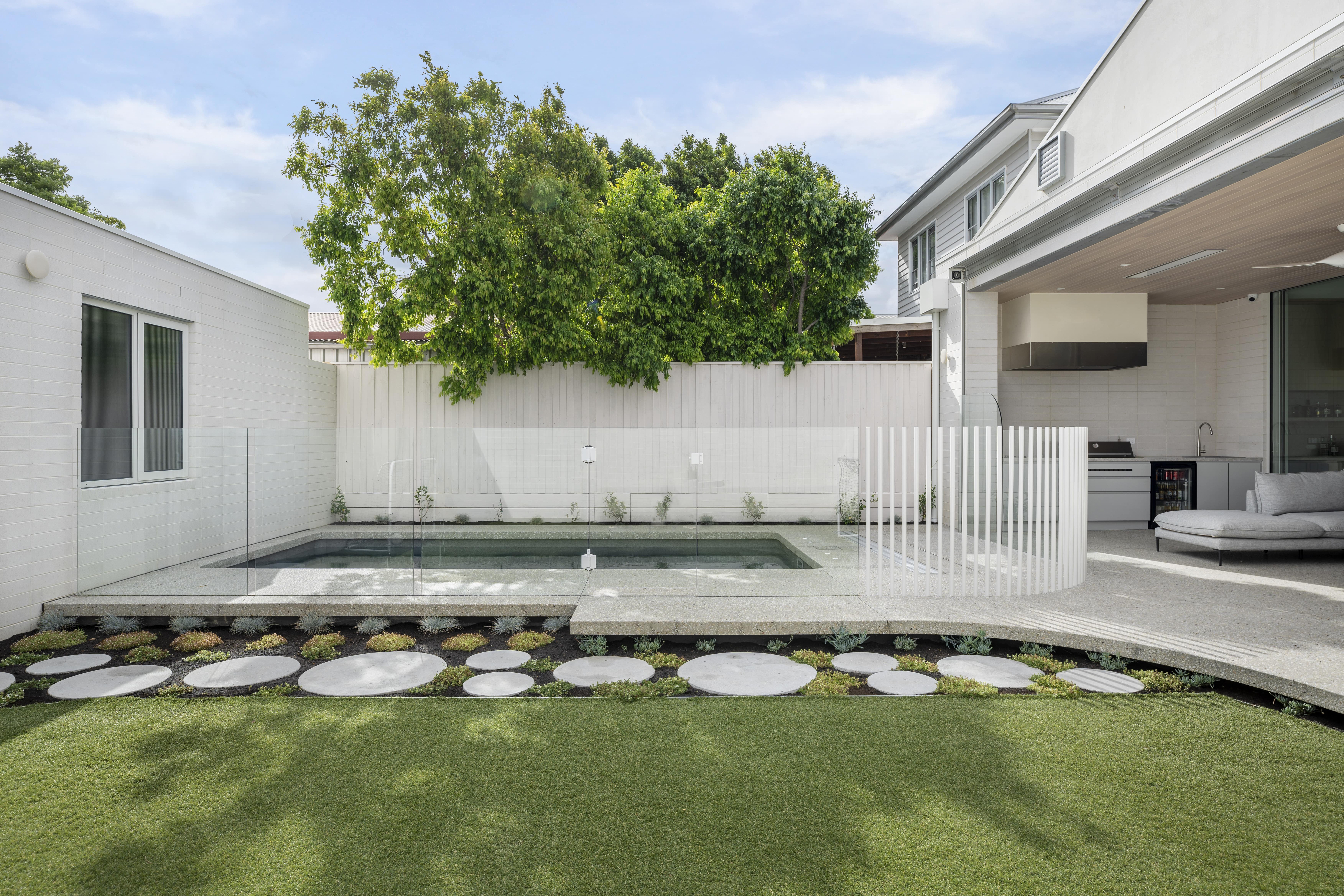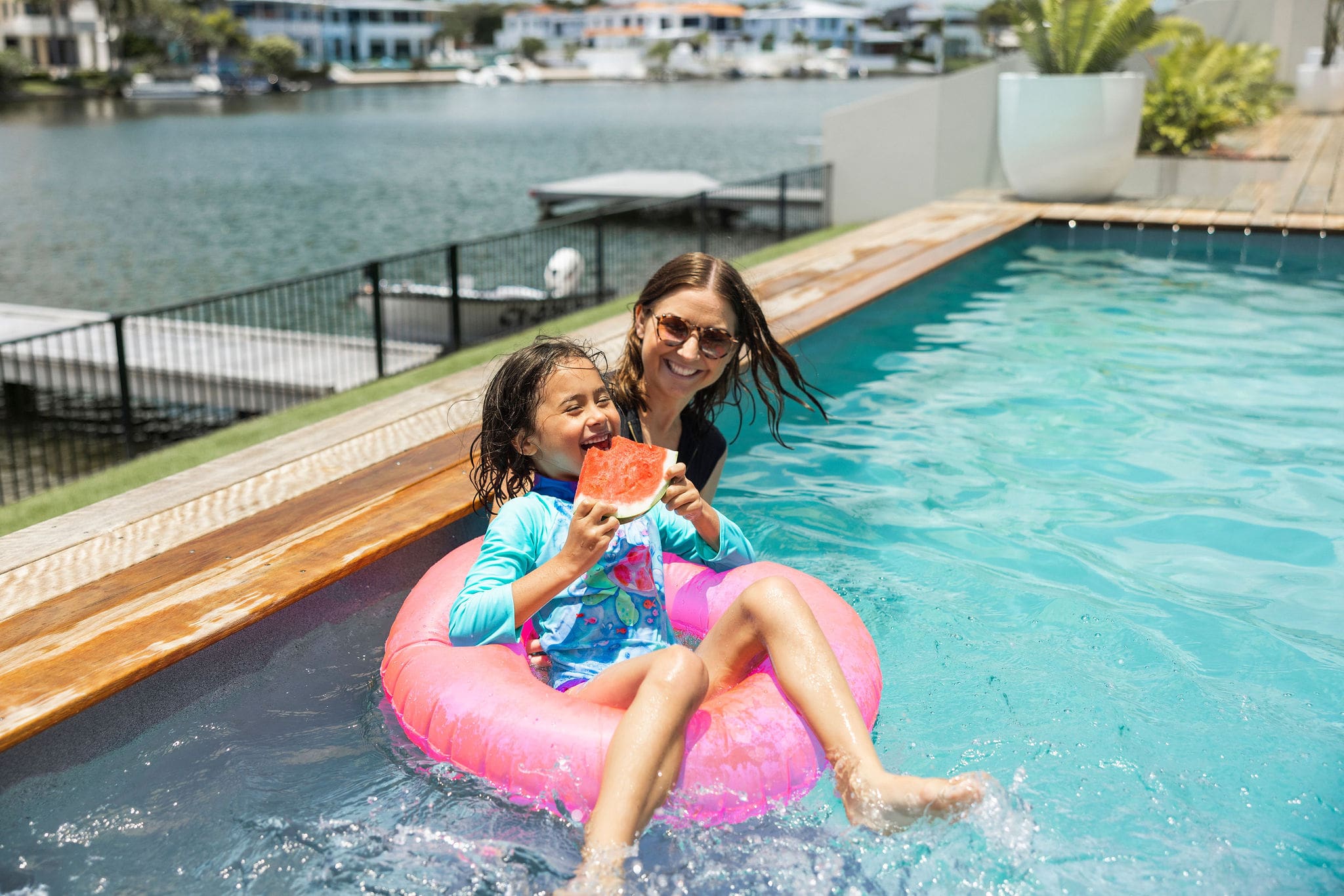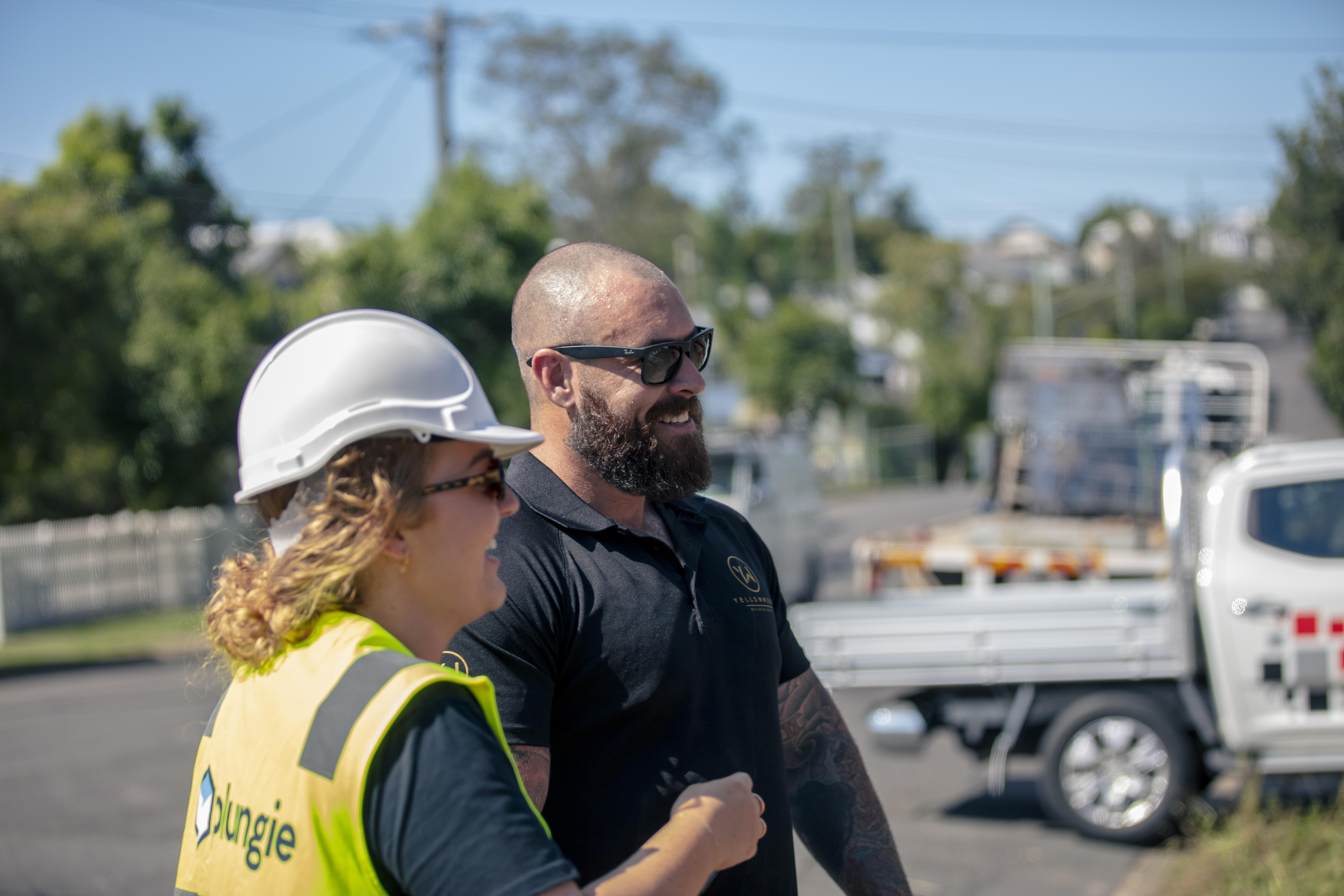With property prices still at a premium across Australia, it’s no surprise that homeowners are exploring more affordable home-building alternatives. Depending on the type of project, materials needed, and labour involved, costs can quickly mount up in traditional construction projects. Prefabrication is becoming an increasingly attractive option for those looking to reduce the uncertainty when it comes to total project costs. But, how much can you really save with prefab construction? We’ll explore the cost differences between prefabrication and traditional construction, so you can make an informed decision about your next project.
Material Costs
When it comes to construction, the overall project price (whether it’s a home, pool or sofa) will depend on the materials you choose. Any add-ons or premium materials will come with a heftier price tag. For example, the cost of a Plungie will differ depending on whether you opt for an ecoFinish interior or custom tiling.
In saying this, we can compare the average cost per square metre for a traditional, or stick-built home, and a prefabricated home to give you a ballpark figure. According to realestate.com.au, the cost per square metre for an architecturally-designed stick-built home can cost anywhere from AU$3,000 - AU$5,400 per square metre.
In contrast, an architecturally-designed home from modular building company, Modscape, ranges between $3,800 - $4,800 per square metre. There is less material waste in prefab and construction companies can leverage economies of scale to deliver these savings.
While the price difference may not be as dramatic as you were expecting, it’s good to keep in mind that there’s less variability in the price when it comes to prefab projects. You know exactly what materials will go into the project from day one, so there shouldn’t be any surprises along the way.
Labour Costs
Skilled labour and materials shortages have impacted construction costs, with the Financial Review reporting that the average cost of a new detached home increased by 19.6% in 2022. Australia has the fourth most expensive construction labour in the world, with an average cost of AU$112 per hour. In other words, time is money.
This can become an issue for stick-built homes and in-situ concrete when factors like the weather cause project delays. Thankfully, there are fewer variables when it comes to prefab construction projects. The speed and simplicity of prefab can reduce project timeframes by up to 50%, effectively cutting labour costs in half. Because prefab systems are ready to be assembled once they are delivered, less workers are required on site. So, when it comes to labour costs, prefab construction comes out on top.
Property Value Over Time
There’s a common misconception that prefab homes are somehow second-best to stick-built homes. This goes hand-in-hand with the fear that prefab homes will depreciate in value over time. This is simply not the case, however.
Prefab homes have come leaps and bounds over recent years and now have all the inclusions you would expect of a stick-built home. In fact, you’d be hard-pressed to spot the differences between the two. Read our article about design-led prefab construction to learn more.
Provided the property is well-maintained and the market conditions are right, there’s no reason why a prefab home won’t appreciate in value — especially if there’s a Plungie in the backyard.
Although there are many factors that will impact construction costs, prefab can help save dollars where it counts most in the current climate — overall project duration and labour costs. With architecturally-designed options and luxurious home inclusions available, you may be cutting costs with prefab, but you certainly won’t be compromising on quality.




